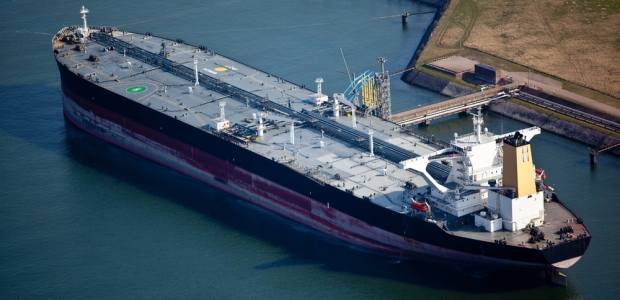
NTSB Studying VTS Systems' Effectiveness
The U.S. Coast Guard began managing ship movements through critical, congested ports with shore-side radar stations after two tankers collided under the Golden Gate Bridge in January 1971 and the Bridge to Bridge Radiotelephone Act and the Ports and Waterways Safety Act of 1972 were enacted.
The National Transportation Safety Board's Office of Research and Engineering is conducting a study (Study Number DCA15SS001) to assess how effectively the U.S. Coast Guard's Vessel Traffic Service (VTS) systems are operating. There are 10 USCG-operated VTS areas (Alaska, Washington state, California, Texas (two), Louisiana (two), Michigan, Kentucky, New York) and two operated by a USCG/local partnership (Los Angeles/Long Beach and Tampa); these are short-side radar systems at critical, congested U.S. ports to manage vessel traffic.
NTSB seeks comments before Dec. 1 from professional associations, harbor safety committees, and other waterway stakeholders operating within these VTS Areas in order to better understand how Coast Guard VTS affects the overall safety of their day-to-day operations and to hear their recommendations to improve VTS effectiveness on their waterways.
Those interested in submitting comments should email them to: [email protected] and should include the National Transportation Safety Board's name and the Study Number in the subject line. NTSB also asks commenters to include this background information at the start of their comments:
- the type of operation where you work (e.g., pilotage, ferry, cruise ship, tug/tow, deepwater shipping, port authority, etc.)
- your occupation/role in that operation (e.g., master, pilot, harbor master, ship owner, etc.)
- the VTS Area or Areas where you routinely operate or have operated in the past
NTSB will not identify commenters in its study and their feedback will be used for research purposes only. For more information, contact the study managers Dr. Loren Groff or Dr. Eric Emery by phone at 202-314-6517 or at 202-314-6175.
VTS originated in the 1970s and the concept originated in the Netherlands, according to the U.S. Coast Guard. After two tankers collided beneath the Golden Gate Bridge on Jan. 18, 1971, Congress passed both the Bridge to Bridge Radiotelephone Act and the Ports and Waterways Safety Act of 1972, from which the Coast Guard draws its authority to construct, maintain, and operate VTS Areas. San Francisco was formally established along with Puget Sound (Seattle) in 1972; Louisville, which is only activated during high water in the Ohio River (approximately 50 days per year) was started in 1973; Houston-Galveston, Prince William Sound, Berwick Bay (Louisiana) and the St. Mary's River at Sault Ste Marie, Mich., followed. New Orleans and New York provided services on a voluntary basis throughout the 1970s-1980s, but those operations were curtailed in 1988 due to budgetary restraints and brought back online after the Exxon Valdez ran aground. After that,the Coast Guard was mandated by the Oil Pollution Act of 1990 to make participation mandatory at existing and future VTS Areas.